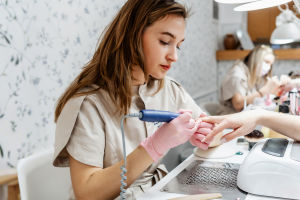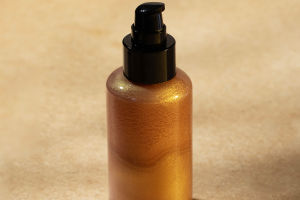Secrets of Lipstick
We’ve all reached for that perfect lipstick shade before heading out, but how often do we stop and think about what’s really inside? Lipstick isn’t just about color—it’s a blend of science, history, and beauty.
Today, let’s walk through the world of lipsticks together, and by the end, Lykkers, you might look at your favorite tube a little differently.
The Building Blocks: What Lipstick Is Made Of
At its core, a typical lipstick contains a mix of wax, oil, softeners, and pigments. Each of these plays a role in how the product feels, lasts, and looks. Beeswax, palm wax, and candelilla wax are the most common waxes used. While beeswax gives structure, palm wax helps lipstick stay firm even in warmer temperatures.
Oils are next. Castor oil, mineral oil, lanolin, and paraffin are usually found in the mix. These give lipstick its smooth glide and help with moisturizing the lips. In fact, castor oil often makes up over half the total content. Lip glosses, which feel more fluid and shiny, simply contain more oil and less wax.
Color It In: The Magic Behind the Shades
Lipsticks get their color from pigments and dyes, but not just any pigment will do. The particles must be super fine to sit smoothly on lips. For bold reds or deep plums, the pigments might come from natural sources, like cochineal—yes, the same tiny insects that give some red dyes their intense color. Shimmering lipsticks often include mica or titanium dioxide to reflect light and add that eye-catching glow.
It Smells Good for a Reason: Flavors and Scents
Have you ever noticed that sweet, fruity scent when applying lipstick? That’s no accident. Lipstick formulas often include mild fragrance or flavor to mask the smell of wax and oil. This step makes the product more pleasant to use, even though it doesn’t affect performance.
What’s the Exact Formula?
A basic lipstick formula might look like this:
- 65% castor oil
- 15% beeswax
- 8–10% palm wax
- 5% lanolin
- A few percent of colorants and fragrance
Some lipsticks may also include tiny amounts of preservatives or stabilizers to extend shelf life and prevent melting or breaking in your bag.
Keeping It Fresh: Lipstick Storage Tips
We’ve all had that moment—your favorite lipstick suddenly snaps in half. To avoid that, it’s best to keep lipsticks in a cool, dry place. If one breaks, you can gently melt the ends with a lighter, reconnect the pieces, and pop it in the fridge until firm. Also, if the smell changes or the color turns dull, it’s probably time to toss it. Usually, a lipstick lasts about one to two years.
Wait—So Where Did Lipstick Begin?
Believe it or not, the bullet-shaped lipstick we use today didn’t become popular until the early 20th century. Before that, lip color came in pots or was applied with brushes. Over time, the design evolved into the easy-to-carry tube we all recognize now. Some luxury brands, like Yves Saint Laurent, even changed the game by using numbers instead of color names to market their products.
So, Why Does It Matter?
Knowing what goes into our lipstick can help us choose better, safer products—and it’s just cool to understand what we’re putting on our faces every day. Whether you prefer bold reds, subtle nudes, or glossy pinks, the formula behind each one is carefully designed for your lips' comfort and appearance.
Lykkers, What’s Your Shade?
Now that we’ve gone behind the scenes of the lipstick world, which part surprised you the most? Let’s chat! Whether you're a lipstick lover or just curious, we’re all connected by this little tube of magic. Next time we swipe on a color, we’ll know we’re adding more than just a pretty shade—we’re part of a long history of style, science, and self-expression.
Copyright © zogu 2021 - 2025. All Right Reserved.


